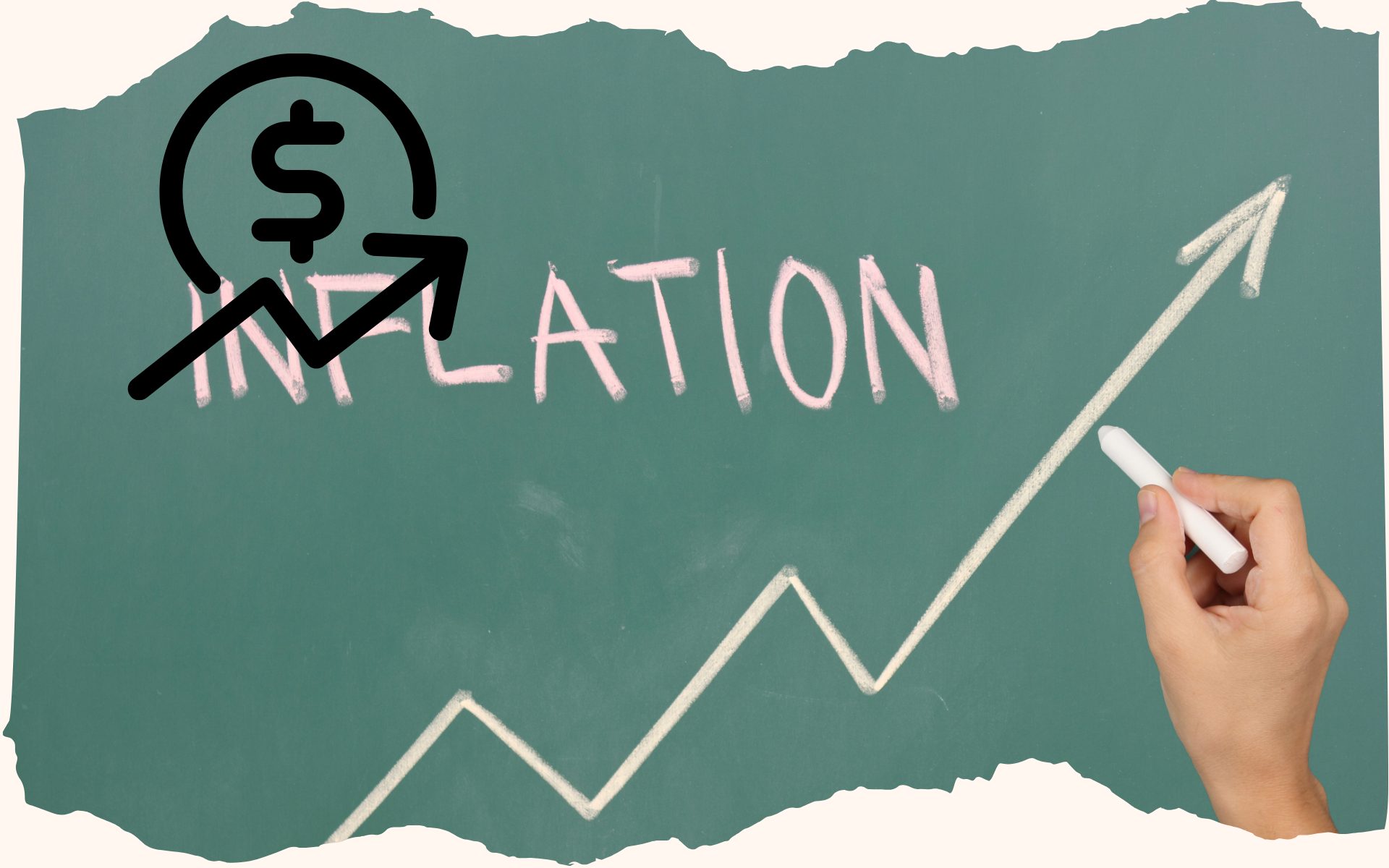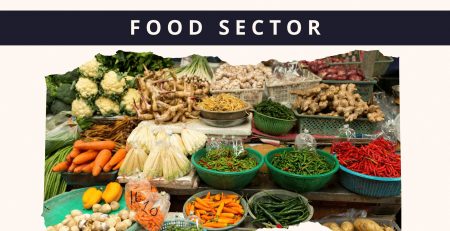January CPI recorded at 2.4%, lowest in 9 years
When we talk about inflation, we are discussing how prices of everyday goods and services change over time. In January 2025, Pakistan’s inflation rate, measured by the Consumer Price Index (CPI), was recorded at 2.4%, which is the lowest in over 9 years. Let’s break down what this means and why it matters to you.
What is CPI and Why is it Important?
CPI (Consumer Price Index) measures how much the prices of basic goods and services change over time. If CPI is high, it means things are getting more expensive, and if it’s low, it means prices are stable or decreasing.
📢 Announcement: We're on WhatsApp – Join Us There!
For January 2025, the CPI was 2.4%, meaning prices increased by 2.4% compared to January 2024. This is much lower than the 28.7% average inflation recorded last year, which is good news because it means the cost of living is not rising as quickly as before.
Why Did Inflation Drop?
The biggest reason for this drop in inflation is something called the base effect. Last year, prices were extremely high, so even if they are still rising this year, the increase looks smaller in comparison. Other key reasons include:
- Lower food prices: Food inflation dropped by 3.1%, meaning that food items became cheaper compared to last year.
- Stable oil prices: Fuel costs remained steady, preventing a spike in transportation and energy costs.
- Government policies: The government avoided increasing taxes on petroleum, which helped keep inflation in check.
Breakdown of Inflation by Categories
Different types of goods and services experience different price changes. Here’s how prices moved in January 2025:
| Category | YoY Change (Annual) | MoM Change (Monthly) |
|---|---|---|
| Food | -3.1% | -0.6% |
| Housing | 0.7% | 0.7% |
| Clothing | 0.5% | 0.5% |
| Transport | 0.9% | 0.9% |
| Health | 1.0% | 1.0% |
| Education | 0.1% | 0.1% |
Food prices actually decreased compared to last year, which is rare and beneficial for most people.
Don't miss:
- Which cars are driving the rally in auto stocks?
- 5 High ROE stocks according to Topline Securities
- Why TPLP could go higher.
What About Wholesale Prices?
The Wholesale Price Index (WPI) tracks price changes at the producer level (before they reach consumers). In January 2025, WPI was 0.6%, which is lower than the previous month’s 1.9%. This means that businesses also saw lower price increases, reducing pressure on them to raise consumer prices.
How Does This Affect Interest Rates?
The State Bank of Pakistan (SBP) recently lowered the policy rate (the interest rate banks use to borrow money) by 100 basis points (1%) to 12%. Since inflation is lower than expected, some experts believe the SBP might reduce interest rates further. However, analysts warn that there may be little room for additional rate cuts.
What Can We Expect for the Future?
- Inflation is expected to remain low until May 2025.
- The annual inflation forecast for 2025 is 6.2%.
- If the Pakistani Rupee weakens, inflation could increase again due to higher import costs.
Final Thoughts
This inflation report is positive news for the economy. Lower inflation means stable prices and less burden on households. However, things can change depending on global oil prices, currency fluctuations, and government policies. Keeping an eye on these trends can help you plan better for the future.
This breakdown simplifies the complex economic terms used in research reports so that everyone, even those without a financial background, can understand what is happening in the economy and how it affects their daily lives.
⚠️ This post reflects the author’s personal opinion and is for informational purposes only. It does not constitute financial advice. Investing involves risk and should be done independently. Read full disclaimer →












Leave a Reply